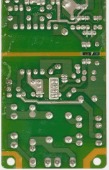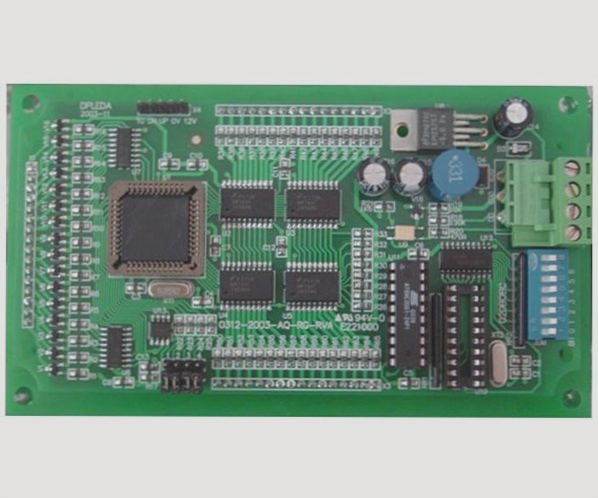Contaminants are defined as any surface deposits, impurities, slag inclusions, and adsorbed substances that compromise the chemical, physical, or electrical properties of a PCBA to substandard levels. The primary sources include:
1. The components constituting the PCBA, along with pollution or oxidation of the PCB itself, which contribute to surface contamination;
2. Residues from flux during the manufacturing process, which represent significant pollutants;
3. Marks left by handprints, chain claws, and jigs during welding, along with other pollutants such as adhesive residue, high-temperature tape, handwriting, and airborne dust;
4. Dust, water, solvent vapors, smoke, and minute organic materials in the workplace, as well as pollution caused by static electricity adhering to the PCBA.
2. **The Impact of Pollution**

Contamination may directly or indirectly introduce potential risks to PCBA, such as:
1. Organic acid residues can lead to corrosion of the PCBA;
2. During electrification, electric ions from residues can cause electromigration due to potential differences at solder joints, potentially resulting in short circuits and failures;
3. Residues negatively impact coating effectiveness;
4. Over time and with environmental temperature changes, cracks and peeling in coatings may occur, leading to reliability issues.
**3. Typical PCBA Failure Problems Due to Contamination**
1. **Corrosion.** PCBA assembly employs iron substrate components with bottom leads. Insufficient solder coverage can lead to rapid Fe3+ formation under the influence of halogen ions and moisture, resulting in a reddish surface. In humid conditions, acidic ionic pollutants can directly corrode copper leads, solder joints, and components, leading to circuit failures.
2. **Electromigration.** Ionic contamination on the PCBA surface makes electromigration likely, where ionized metals migrate between opposing electrodes and reconstitute at the reverse end, causing a dendritic phenomenon (often referred to as dendritic distribution, dendrites, or tin whiskers). This dendrite growth may result in local short circuits within the circuit.
3. **Poor Electrical Contact.** During PCBA assembly, resin residues, such as rosin, often contaminate gold fingers or other connectors. When the PCBA operates under heat or in warm climates, these residues can become sticky, attracting dust or impurities that increase contact resistance or even cause open circuit failures. Additionally, corrosion of the nickel layer on the PCB surface pad at BGA solder joints and the presence of a phosphorus-rich layer diminish the mechanical bonding strength, leading to cracks and point contact failures under normal stress.
**4. The Necessity of Cleaning**
1. **Appearance and Electrical Performance Requirements.** The most immediate impact of contaminants on PCBA is its appearance. In high-temperature and high-humidity environments, residues may absorb moisture and appear white. The widespread use of leadless chips, micro-BGAs, chip-scale packaging (CSP), and 01005 components has minimized spacing between components and circuit boards, increasing assembly density. If halides become trapped under components that cannot be cleaned, localized cleaning may result in catastrophic consequences due to halide release.
2. **Three-proof Coating Requirements.** Uncleaned resin residues can lead to delamination or cracking of protective coatings. Residues of active agents may promote electrochemical migration beneath the coating, rendering protection ineffective. Research indicates that cleaning can improve coating adhesion rates by up to 50%.
3. **Even “No-Clean” Assemblies Require Cleaning.** Currently, the term “no-clean” indicates that PCB residues are chemically safe and do not impact production lines, allowing them to remain on the board. Special detection methods, such as corrosion, SIR, and electromigration tests, are employed to assess halogen/halide content and ensure the safety of no-clean assemblies post-production. However, even no-clean fluxes with low solid content leave some residues. For high-reliability products, circuit boards must be free of any residues or contaminants. In military applications, even no-clean electronic assemblies are mandated to undergo cleaning.
—
Let me know if you need any further adjustments!



